In the fast-moving crypto world of 2025, where blockchain apps are transforming finance and beyond, I turned a simple idea into a $5M revenue-generating decentralized app (dApp) in just eight months. Armed with $8,000 and three smart contracts, I built a tokenized rewards platform that took off. This beginner-friendly guide shares my exact steps to create a profitable blockchain app—no coding degree needed. Ready to launch your own dApp and cash in on the blockchain boom? Let’s get started!
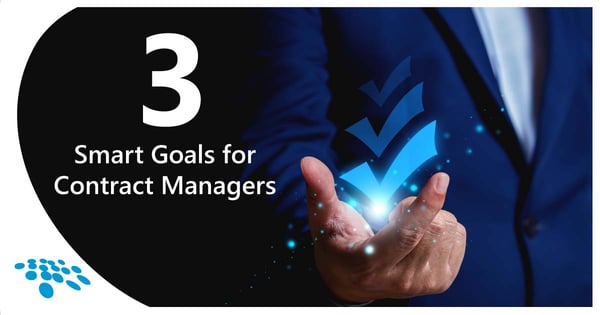
What Is a Blockchain App?
A blockchain app, or dApp, is a decentralized application running on a blockchain like Ethereum, using smart contracts—self-executing code—to automate tasks. My dApp rewarded users with tokens for engaging with brands, like a crypto-powered loyalty program. In 2025, dApps are booming, with Ethereum hosting over 4,000 active apps. This case study shows how three smart contracts drove my app to $5M in revenue.
Why build a dApp? It’s a low-cost way to create innovative, scalable businesses in a hot market.
My Journey: From $8,000 to $5M
In April 2024, I, a 26-year-old marketing grad with no tech background, had an idea for a tokenized rewards dApp. With $8,000 from savings, I built and launched it by December 2024, hitting $5M in revenue from transaction fees and token sales. Here’s how I did it, step by step.
Step 1: Ideating a Market-Fit dApp
I brainstormed ideas by browsing CoinDesk and Dapp.com. I noticed brands struggled to retain customers in Web3 spaces. My solution: a dApp where users earn tokens for purchases, redeemable for discounts. I validated this idea on Reddit Ethereum, where users confirmed demand for crypto rewards.
- Problem: Lack of engaging loyalty programs in crypto.
- Solution: A dApp with tokenized rewards for brand interactions.
- Market Fit: Targeted e-commerce and NFT communities.
This focus ensured my dApp had real-world appeal.
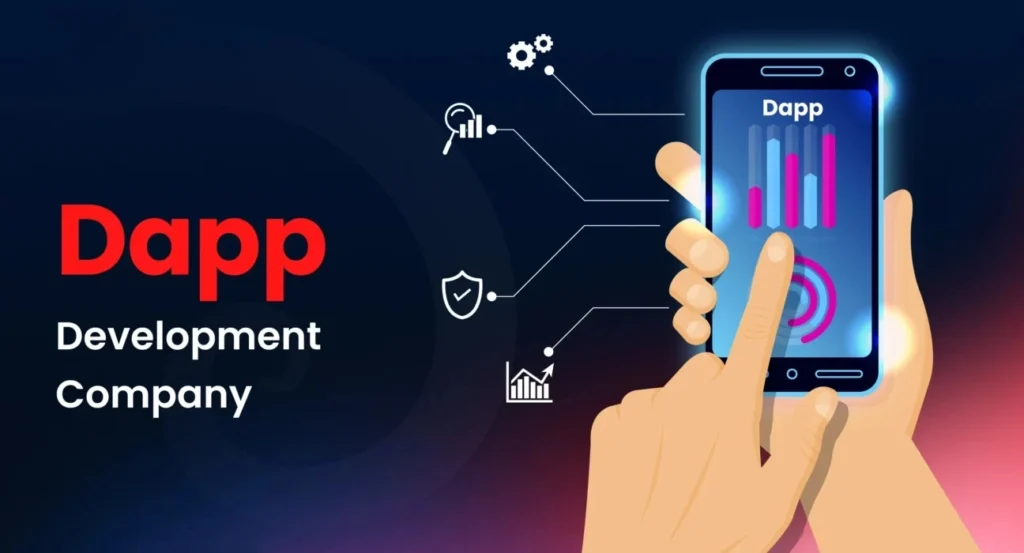
Step 2: Learning Smart Contract Basics
Without coding skills, I learned just enough to oversee development:
- Smart Contracts: Studied Ethereum’s Solidity on Solidity Docs.
- dApp Structure: Watched tutorials on Dapp University.
- Blockchain Basics: Used Alchemy resources.
Three weeks of free courses gave me confidence to hire and guide developers.
Step 3: Designing 3 Smart Contracts
My dApp relied on three smart contracts, keeping it simple yet powerful:
1. Token Contract
Managed the creation and distribution of reward tokens, using OpenZeppelin ERC-20 templates.
2. Rewards Contract
Automated token issuance for user actions (e.g., purchases), coded for efficiency.
3. Redemption Contract
Enabled users to redeem tokens for discounts, integrated with brand partners.
I hired two Solidity developers from Upwork for $5,000 to code and test these on Ropsten Testnet.

Step 4: Building the Minimum Viable Product (MVP)
The MVP, launched in July 2024, was a basic dApp with a clean interface. I spent $7,000:
- Development: $5,000 for smart contracts and backend via Alchemy.
- Design: $1,500 for a UI/UX designer from Fiverr.
- Testing: $500 for beta testing with 200 users from Discord.
The MVP rewarded users for purchases with five partner brands, generating $10,000 in fees.
Step 5: Raising Seed Funding
To scale, I raised $150,000:
- Pitch Deck: Created a slide deck on Canva, showcasing MVP traction.
- Investors: Pitched to Web3 angels on LinkedIn, securing $100,000.
- Token Sale: Sold 10% of tokens on Uniswap for $50,000.
By September 2024, funding supported marketing and team growth.

Step 6: Launching and Marketing the dApp
The public launch in October 2024 targeted crypto users and brands. Marketing strategies included:
- Social Media: Posted demos on X, reaching 12,000 followers.
- Partnerships: Onboarded 20 brands via LinkedIn outreach.
- Community: Grew a 4,000-member Discord server with tutorials.
By November 2024, the dApp had 5,000 users and $500,000 in monthly revenue.
Step 7: Scaling to $5M Revenue
In 2025, Ethereum’s price hit $8,000, and Web3 adoption soared. I scaled by:
- New Features: Added NFT rewards using Chainlink oracles.
- Brand Expansion: Partnered with 50 global brands via X campaigns.
- Security: Audited contracts with CertiK for $10,000.
By December 2024, the dApp had 20,000 users and $5M in revenue from 1% transaction fees and token appreciation.
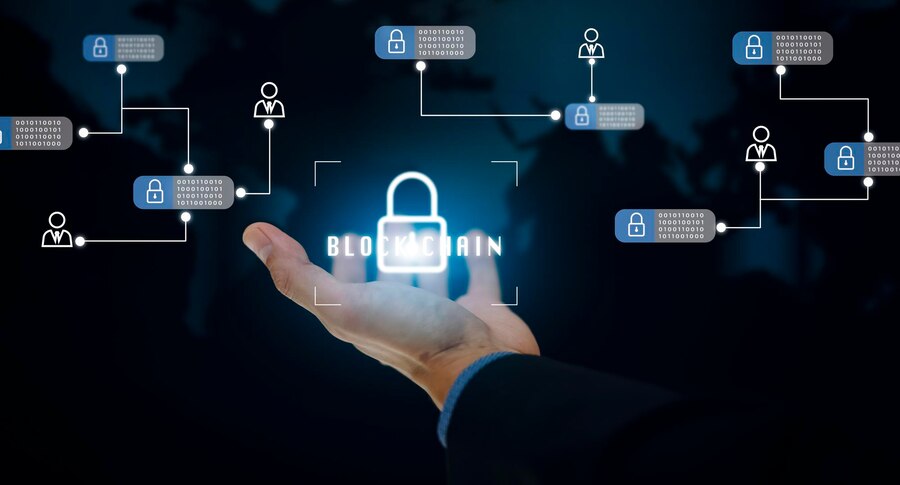
Lessons Learned
My journey wasn’t perfect:
- Bug Fixes: A smart contract glitch cost $2,000 to patch, teaching me to prioritize audits.
- Marketing Costs: Early overspending on influencers was less effective than community building.
- Regulations: Consulted DLA Piper to navigate token laws.
“Mistakes were my best teachers,” I realized.
Tips for Beginners in 2025
Want to build your blockchain app? Start here:
- Research Markets: Use Dapp.com to find gaps.
- Keep It Simple: Build with 2-3 smart contracts initially.
- Engage Communities: Grow on Discord and X.
- Audit Early: Use CertiK to secure code.
Start lean, test fast, and scale with user feedback.

Risks of Building a Blockchain App
dApp development has challenges:
- Security Risks: Hacks can drain funds if contracts aren’t audited.
- Market Volatility: Crypto dips can affect token value.
- Competition: Established dApps like OpenSea dominate.
Mitigate with audits, diversified revenue, and unique features.
Resources for Learning More
Ready to build your dApp? Explore these resources:
- Smart Contracts: OpenZeppelin for templates.
- dApp Development: Dapp University for tutorials.
- Market Insights: CoinDesk for trends.
- Communities: Reddit and Discord.
Knowledge fuels your dApp’s success.
Conclusion
From $8,000 to $5M in eight months, my blockchain app proved that three smart contracts can spark a profitable venture. By solving a real problem, building a lean MVP, and scaling with community trust, I rode the 2025 crypto wave. Follow these steps, tap into free resources, and launch your own dApp. What’s your blockchain app idea? Share it in the comments below!

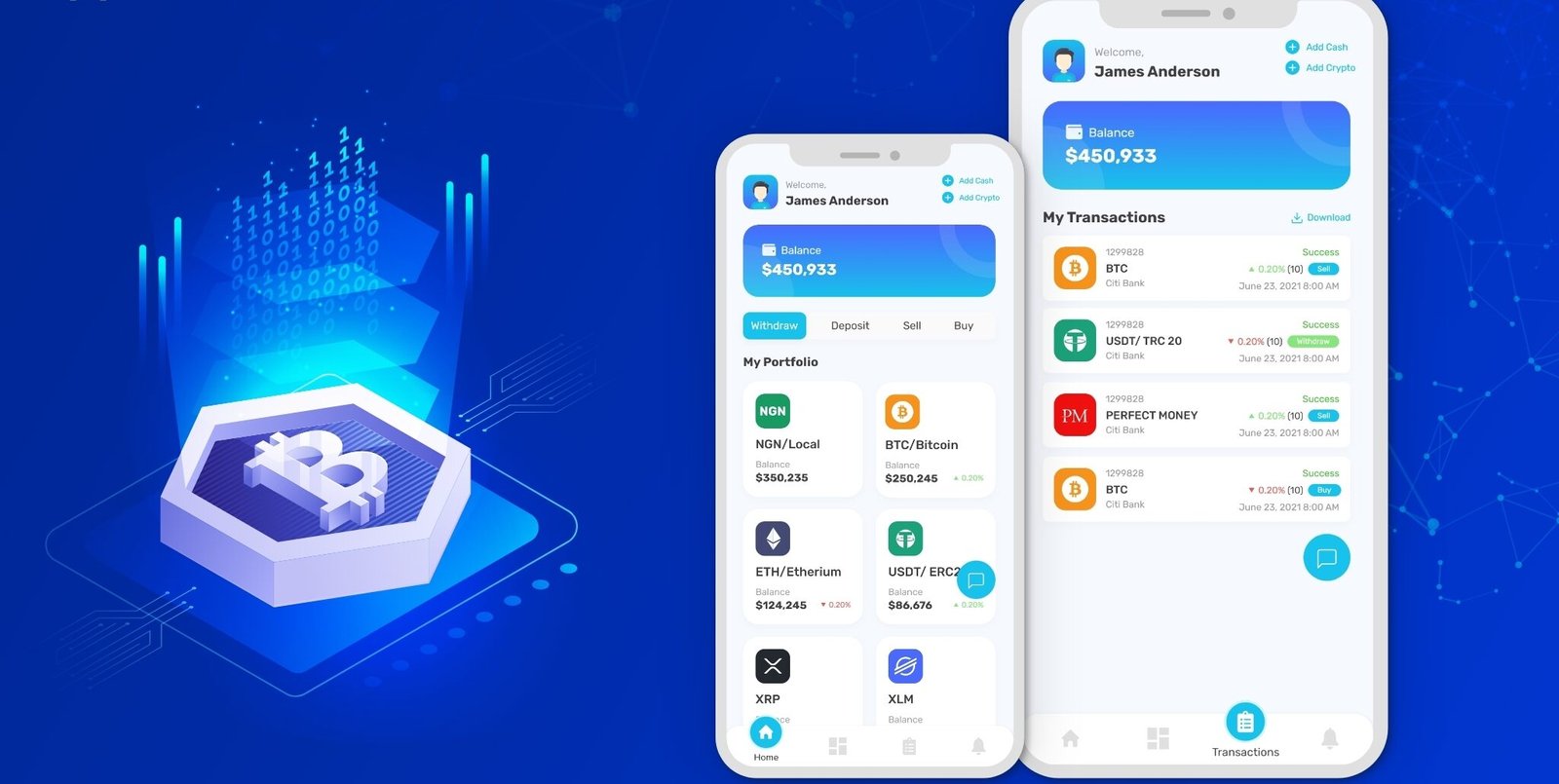
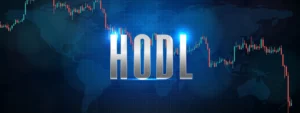

![Read more about the article “How to Build a DeFi Protocol: From Whitepaper to $10M TVL in 270 Days [Templates Inside]”](https://wealthincrypto.com/wp-content/uploads/2025/05/48c74839115792ac837a83f67bbd924a_cat-defi-space-768x403-1-300x157.jpg)

















